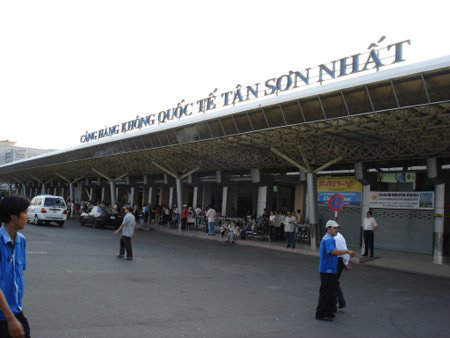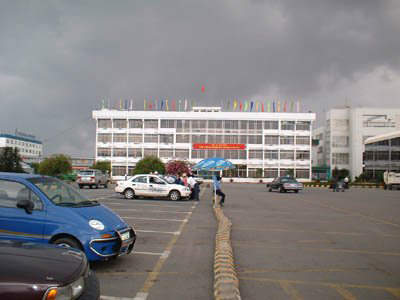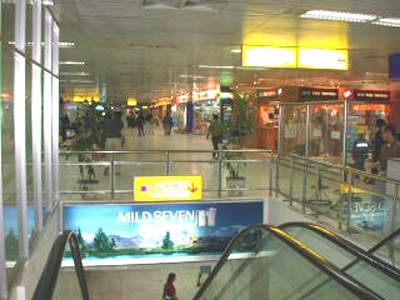Tan Son Nhat is Vietnam’s largest international airport and serves Ho Chi Minh City (formerly Saigon). The airport is located roughly four miles (7km) from downtown Ho Chi Minh City.
Tan Son Nhat International Airport (TSNIA) was first built in the 1930s, when the French Colonial government constructed a small unpaved airport, known as Tan Son Nhat Airfield, in the village of Tan Son Nhat. By 1956, US foreign aid had built a 7,200ft runway and the facility became South Vietnam’s international airport.
In August 2021, the airport was named one of the top ten best airports in the world and is capable of serving 20 million to 25 million passengers annually. During peak hours, the airport accommodates up to 850 flights, with an average daily capacity of 130,000 passengers.
In May 2020, the construction of a new T3 domestic terminal was approved to increase passenger handling capacity and relieve congestion at the airport. Construction work on the T3 terminal began in December 2022.
The project is expected to be completed by 2024 and become the country’s largest domestic passenger terminal with a capacity of 20 million passengers a year. The airport’s capacity will increase to up to 50 million passengers a year, upon completion of the terminal.
Tan Son Nhat’s importance and finance
TSNIA accounts for nearly two-thirds of the international arrivals and departures in all of Vietnam’s airports. The airport is controlled by the Airports Corporation of Vietnam (ACV) and has undergone various expansion projects to keep up with demand.
In 2002, the Civil Aviation Administration of Vietnam put forward a construction plan for a new international terminal at the airport. The project plan followed a special Japan Government Official Development Assistance loan from the Japan Bank for International Cooperation JBIC of VND3.4tn ($260m).
The loan was provided for equipment purchases and consultancy services and had a term of 40 years, with ten years interest-free. JBIC loans normally cover 85% of project costs. The rest was sourced from the Southern Aviation Administration budget.
Tan Son Nhat’s terminal details
The construction of a new TSNIA international terminal, T2, began in August 2004 and was opened in the first quarter of 2007. The terminal equipment meets international standards and includes ten luggage conveyor belts, eight sky bridges, 20 escalators, 18 elevators, eight moving walkways, ten sets of automatic doors, 43 X-ray machines and flight information boards and security equipment (CCTV and screening equipment).
The terminal also has specialised retail areas and offers other services such as online ticket sales, entertainment areas and health and beauty care. The four-storey terminal covers 100,000m² and has a capacity of eight to ten million international passengers per annum. The second phase of the terminal was completed by 2010, increasing its capacity to 15 million passengers a year. The older terminal, T1, now serves domestic flights only.
The Vietnamese government announced its plans to build a new super airport at Long Thanh in 2015, which will supersede Tan Son Nhat completely; this means TSNIA will mainly handle domestic flights. The Long Thanh International Airport is expected to be completed by 2025 with an initial capacity of 25 million passengers a year.
Contractors involved
The Japan Airport Consulting Company was responsible for the design and construction of contracts for the older international terminal.
The consortium of four Japanese contractors, Kajima Corporation, Taisei Corporation, Obayashi Corporation and Maeda Corporation was contracted to construct the older terminal and acquire and install the equipment.
US-based transport company ARINC was selected as the information technology subcontractor for products and services at the older terminal in 2005. ARINC installed state-of-the-art passenger technology, including its iMUSE for check-in and boarding, AirVUE for flight information, BagLink for baggage messaging and AirDB for operations and revenue management.
Copper Mountain Energy, an energy company based in Vietnam, installed the solar power system in the airport.








